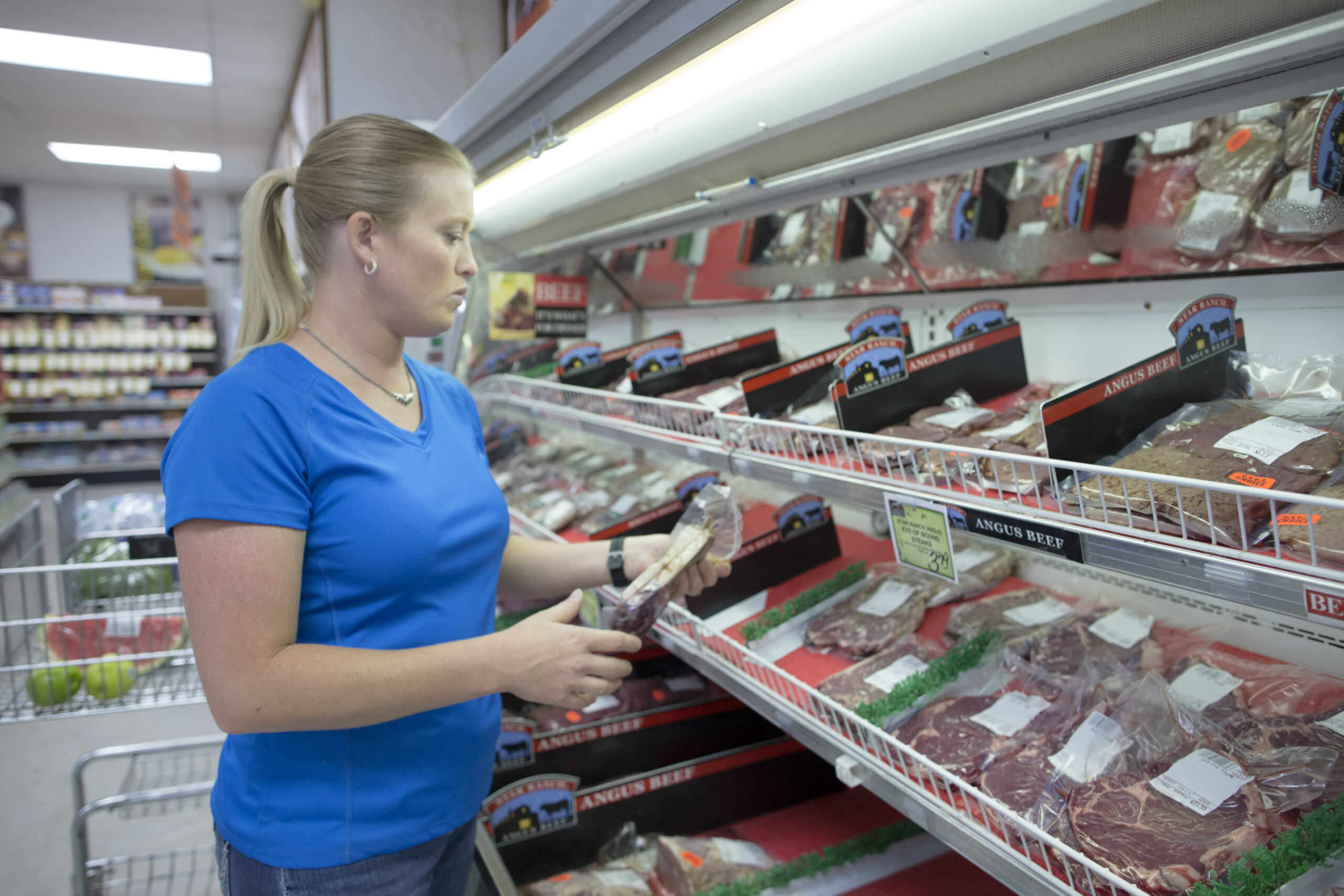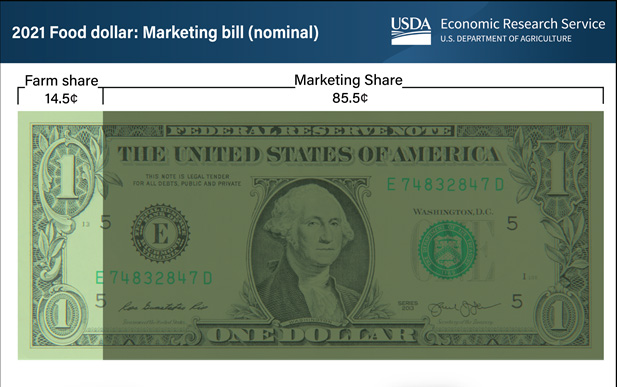Growing up working in my parents’ grocery store and helping out on my grandparents’ farm led me to a lifelong obsession with high quality food. As a farmer, my family and I take pride in growing healthy foods now and look forward to doing so in the future.
Our family is the sixth generation growing food on our farm near Albion, Nebraska. My husband, Brian, and I, his parents, and our five children get to call this land home. We raise beef cattle, hogs, sheep, corn, soybeans, and alfalfa. I volunteer for CommonGround Nebraska because I love to tell the story of how we grow food.
While I love quality foods, raising five kids means eating right can be challenging! In a perfect world, I would meal plan, but it’s really all about the weekly grocery ad. I’m always on the hunt for quality products at affordable prices so I can prepare nutritious meals for my family. Food matters to me because mealtime is when we have good family conversations and create memories.
As a CommonGround volunteer, I often receive questions from consumers regarding food prices. Being a farmer and the daughter of grocery store owners, I have a unique perspective into how prices are determined once food products hit the shelves.
Here are some of the questions I am often asked.
Q: Why are food prices so high?
A: As a farmer, we work hard to make sure that we are always providing safe, healthy food. For each step of farm-to-fork, there are costs associated with growing food. These costs on the farm are considered input costs. Some of the highest input costs include labor, seed, feed and technology. When our input costs go up, so do the costs all the way through the food system. The price of fuel is a simple example. We put fuel in our tractors to plant corn and to pull the feed wagon to feed the cattle, and fuel prices are always changing. Farmers are price takers, and sometimes our input price may go up; but the price we receive may go down. There isn’t always a perfect correlation between what the farmer is paid and what you pay at the grocery store. According to the USDA, the farmer receives 14 cents of every dollar spent on food.

Q: Does food price indicate food quality?
A: I can promise you that the food you find in the grocery stores throughout the U.S. is safe and high quality. Even if I buy the cheapest can of veggies, it has still gone through the same safety inspections and controls all canned vegetables go through. There are a lot of food pricing variances that tie to each company’s marketing and preferences. Do not be afraid to look for the cheaper canned product if that is what works best for your family.
Q: Why do meat and milk prices change so often?
A: We drink a lot of milk and eat a lot of meat, so I can really relate to this question. Fresh meat and milk prices vary every day on the agriculture commodities market, similar to the stock market. If I sell a finished beef animal, the price I receive changes each day. The constant price changes create an environment where the retail meat buyers at your store order products from a changing price sheet. Prices also fluctuate due to supply and demand.
Q: As a parent, I want to make sure I offer my kids healthy foods. How do I do this on a budget?
A: It always helps to spend time planning for sales. We eat the meat that we grow, so there is always hamburger in our freezer. If we remember to thaw it, we can make a lot of different meals from that one core protein. By adding whichever vegetables and starches that are on sale, and by adding the right seasoning, it is simple to create a variety of meals on a budget. When you are shopping, look for meat sales and buy in bulk. If you seal and freeze meat correctly, it can last for up to 12 months in the freezer.
[/et_pb_text][/et_pb_column][/et_pb_row][/et_pb_section]



